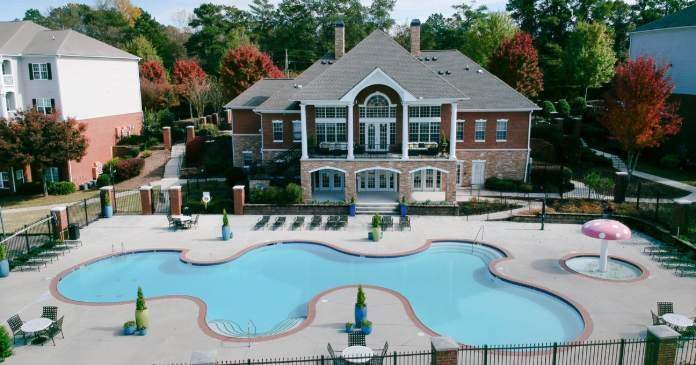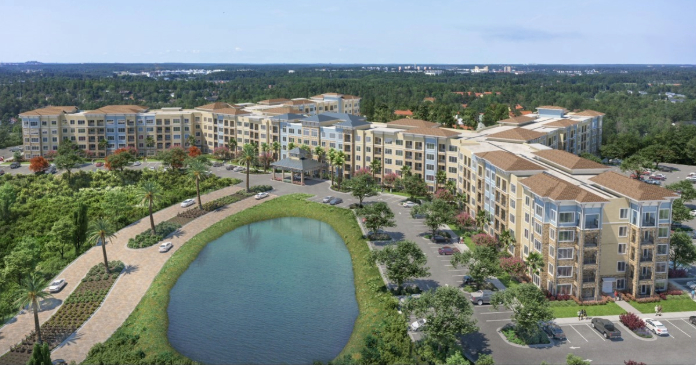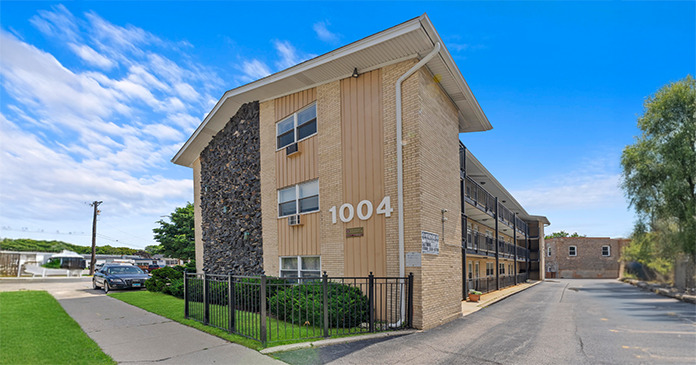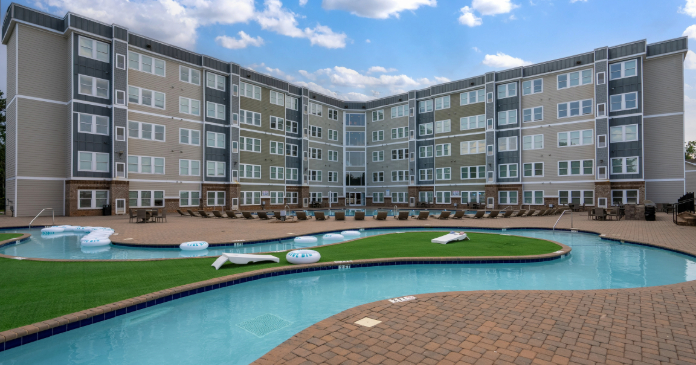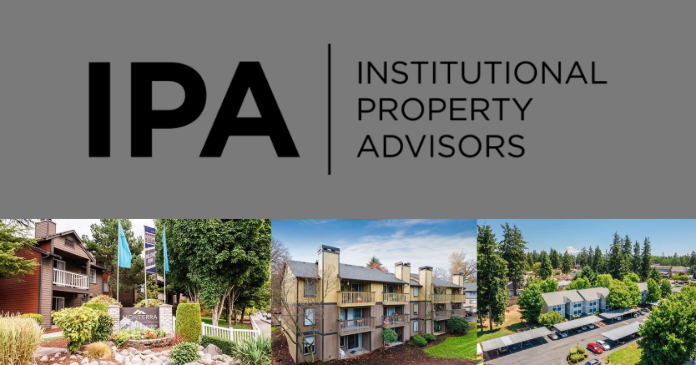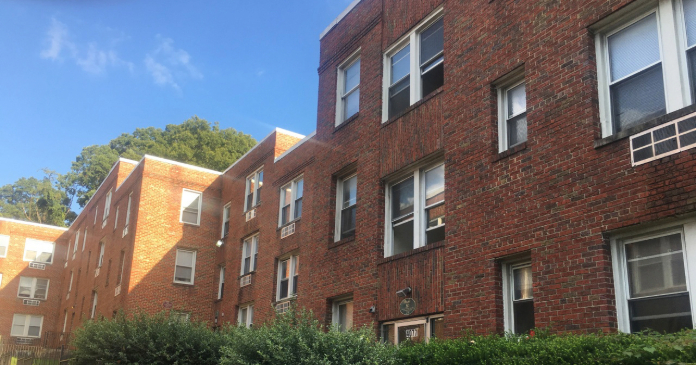RentCafe reported that the apartment rental market remained moderately competitive at the recent peak of the 2023 rental season. However, most measures of apartment market competitiveness were down from the levels they posted at the same time last year.
Five dimensions of competitiveness
In order to allow rental markets to be compared, RentCafe created a market competitiveness score based on 5 metrics. The metrics were the apartment occupancy rate, the lease renewal rate, the number of days an apartment remained vacant between rentals, the number of prospective renters per unit, and the share of new apartments entering the market in the previous 12 months. The data was provided by Yardi Systems and cover multifamily communities of 50 units or more in 139 U.S. markets.
Of the 5 metrics tracked by RentCafe, 4 of them softened in 2023 compared to their levels in 2022. The apartment occupancy rate fell from 95.3 percent to 94 percent. The lease renewal rate fell from 63.6 percent to 60.5 percent. The number of days an apartment was empty between leases rose from 32 to 37. The number of prospective renters for an available unit fell from 15 to 10.
Only the portion of new units becoming available tightened year-over-year with 0.67 percent of inventory added in 2022 and 0.57 percent of inventory added in 2023. However, forecasters expect new supply for 2023 as-a-whole to be the high point for this cycle, so even this metric is likely to signal a drop in market competitiveness by the end of the year.
Most competitive major markets
The RentCafe report included a listing of the 20 most competitive major apartment markets, according to RentCafe’s analysis of Yardi data. That list is reproduced below:
| Rank | Market | Score | Average Vacant Days |
Occu-pancy | Prospective Renters | Lease Renewal Rate | Share of New Apartments |
| 1 | Miami-Dade County, FL | 122 | 30 | 97.1% | 25 | 73.0% | 1.0% |
| 2 | Milwaukee, WI | 116 | 30 | 96.1% | 16 | 70.0% | 0.9% |
| 3 | North Jersey, NJ | 113 | 34 | 96.3% | 15 | 71.4% | 1.2% |
| 4 | Suburban Chicago, IL | 112 | 33 | 95.4% | 15 | 67.3% | 0.1% |
| 5 | Grand Rapids, MI | 108 | 33 | 95.9% | 12 | 67.7% | 0.5% |
| 6 | Omaha, NE | 106 | 26 | 96.3% | 15 | 63.5% | 0.9% |
| 7 | Suburban Philadelphia, PA | 100 | 40 | 94.8% | 12 | 75.8% | 0.0% |
| 8 | Bridgeport – New Haven, CT | 98 | 37 | 95.9% | 16 | 63.1% | 0.2% |
| 9 | Broward County, FL | 98 | 36 | 95.5% | 14 | 66.9% | 0.8% |
| 10 | Orlando, FL | 98 | 32 | 95.1% | 12 | 65.3% | 0.8% |
| 11 | Brooklyn, NY | 96 | 38 | 96.1% | 9 | 66.2% | 0.2% |
| 12 | Central Jersey, NJ | 96 | 45 | 95.9% | 10 | 82.6% | 0.5% |
| 13 | Manhattan, NY | 89 | 38 | 94.7% | 9 | 66.0% | 0.0% |
| 14 | Greater Boston, MA | 86 | 35 | 95.4% | 14 | 59.2% | 0.2% |
| 15 | Cincinnati, OH | 85 | 36 | 94.6% | 12 | 63.8% | 0.7% |
| 16 | Chicago, IL | 85 | 30 | 94.7% | 15 | 57.5% | 0.1% |
| 17 | Kansas City, MO | 84 | 34 | 94.4% | 10 | 66.0% | 0.7% |
| 18 | San Diego, CA | 84 | 33 | 96.0% | 17 | 51.3% | 0.2% |
| 19 | Orange County, CA | 83 | 40 | 95.7% | 13 | 61.0% | 0.2% |
| 20 | Pittsburgh, PA | 78 | 39 | 94.1% | 8 | 65.9% | 0.0% |
While the sunbelt market of Miami-Dade County leads the list, many of the markets that are top rated for current apartment market competitiveness are in or near northern or midwestern cities. This result aligns with the recent trends in rent growth, with many of the cities high on the competitiveness list also being among the leaders for year-over-year rent growth.
How is it done
RentCafe compiled a ranking by assigning a percentage weight for each metric: 30% for apartment occupancy rate; 30% for renewal lease rate; 15% for average vacant days; 15% for prospective renters per vacant unit and 10% for the share of new apartments.
The full report includes more detailed discussions of competitive markets by region. It can be found here.






